Optimizing Betting Strategies in Crash Gambling with Mathematics

Crash gambling is a fast-paced and exciting form of betting that’s very popular among players worldwide, and it has gained even more players in recent years. The game is based on luck and random number generators that produce the results regardless of the player’s actions.
Therefore, mathematics can play a significant role in how the players approach the game and how they strategize to achieve the best outcome. In this article, we’ll dive deeper into the math involved in playing crash gambling games.
What are Crash Gambling Games?
Crash gambling is a game of chance based on a multiplier that starts at 1x and increases over time. Players place bets, and their winnings increase with each following turn and the next multiplier. The goal is, therefore, for the players to withdraw their winnings before the game crashes.
Crypto crash games work the same way, but they also provide the benefits of using crypto for payment. It makes the transfers less expensive and faster, and it allows the players to make bets without providing their IDs.
Mathematical Concept in Crypto Crash Gambling
There are a few basic mathematical concepts on which crash gambling is based that the players should be familiar with before playing. Understanding these can’t affect the outcome of a turn, but it can guide the strategies the players will use.
Probability and Odds
At the core of any betting strategy is understanding probability—the likelihood of a specific event occurring. The event players are looking for in crash gambling games is the crash point, which is when the player loses. The crash point is random, and therefore, there’s no way to predict it with certainty.
However, most crash gambling games crash within a certain range of multipliers. Therefore, a user can calculate the probability of the game crashing at or below specific multipliers. Each turn is treated as a separate event and won’t affect the others. Players that keep track of each crash can notice at which range of multipliers most crashes occur.
Calculating the probability of a crash allows the players to evaluate the risk and prevent them from risking too much and waiting too long. The goal of these calculations is to find the best cashout point.
Expected Value (EV)
Expected value (EV) is a key mathematical concept that allows players to assess the profitability of a betting decision in the long run.
There’s a clear formula for calculating it: (Payout×Probability of Winning)−(Loss×Probability of Losing)
-Payout is the potential reward if you cash out before the crash.
The probability of Winning is the likelihood of cashing out successfully.
-Loss is the amount wagered (your bet).
The probability of Losing is the likelihood of crashing before cashing out.
To explain the formula in simpler terms – if the result of this calculation is a positive number, the bet is profitable in the long run, meaning that it’s safe to repeat the same bet. For example, if you’re betting $10 and the game usually crashes at 2x multiplier, cashing out at X1.5 is a good choice since it pays out less, but it’s a safer bet.
On the other hand, crashing out at 5x provides more profits, but it’s a much riskier bet. Using the EV formula allows the players to quantify these decisions.
House Edge
The house edge refers to the built-in advantage that the crash gambling establishment has regardless of how the player bets. Even though crash points are random, they will happen in a manner that will, in the long run, leave the casino with a profit.
Understanding and quantifying the edge is one of the most important things a player can do to form a strategy on how to wager on crypto crash games. Most of all, it’s because the player gets into it by knowing that in the long run, the house will always win.
The casinos are usually open about the edge and about the return to player rate, which is the percentage of funds that the players will get back after a certain number of turns. It’s useful for a player to verify these numbers with the casino and through an honest review.
Variance and Standard Deviation
Variance and standard deviation are statistical tools used to measure the level of risk in a gambling strategy. Variance determines how the outcome of bets fluctuates in comparison to the average, and standard deviation quantifies the extent of those fluctuations.
In crash gambling, variance is high because the crash point is unpredictable. That unpredictability can lead to big changes in the bankroll and make long-term planning difficult for the players. For instance, with such fluctuations, aggressive bets made to quickly win big can lead to large losses as well.
Standard deviation is also useful for understanding the likelihood of extreme outcomes. If the standard deviation is high, there will be more extreme crashes. For instance, if the multiplier has gotten to x50, there’s a chance it will crash at 1.01 next time. Using this knowledge allows players to choose cash outs more purposely.
Simulations and Statistics Models
Mathematics is also used to create simulations that will allow the players to test out their strategies and approaches to crash gambling without having to risk any money. By running simulations based on the statistics models, players can compare and contrast different strategies and choose which one to use. Many of the best crash gambling sites offer tools for players to simulate hundreds or even thousands of crash games, enabling them to refine their strategies without risking real money..
With the right tools, the players can simulate hundreds or even thousands of crash games and draw complex conclusions from the process. For instance, a player can simulate using a Martingale strategy and see how long it takes for them to run out of money.
In a Martingale strategy, a player doubles the wager with every loss and gets back to the original wager when they win. That way, the wins recover the losses. The problem with this approach is that no player has enough funds to keep doubling the wager all the time. A simulation will showcase how long it takes for that to happen.
Trusting the Math
Many players who try their hand at crash gambling games, even on the best crash gambling sites, understand the mathematical principles behind the game but often make the mistake of not trusting those principles. Instead, those players chase their losses and bet based on their emotions.
In most cases, the players believe that they are owed a win after a few bad games. There’s no basis for such an approach to crash gambling, and it’s best to stay clear of it, regardless of how appealing it is.
To Sum Up
In conclusion, while crash gambling may seem like a game of pure chance, using mathematical strategies can significantly improve a player’s approach. Understanding key concepts like probability, expected value, and the house edge helps players make informed decisions and manage their risk.
While no strategy can guarantee a win, using these tools can lead to more disciplined betting and potentially better outcomes over time. It’s crucial, however, to trust the math and avoid emotional betting. Staying focused on the numbers rather than chasing losses is the best way to optimize your chances in crash gambling.
Related to This Article
More math articles
- 6th Grade PARCC Math FREE Sample Practice Questions
- Quadratic Function
- The Ultimate SIFT Math Course (+FREE Worksheets & Tests)
- How to Add and subtract Fractions with Like Denominators in Recipes
- What Kind of Math Courses Are Required for Business Degree?
- 6th Grade STAAR Math Worksheets: FREE & Printable
- How to Solve an Absolute Value Inequality?
- How to Evaluate Variable Expressions for Number Sequences
- How to Master Integrals
- Top 10 7th Grade SBAC Math Practice Questions
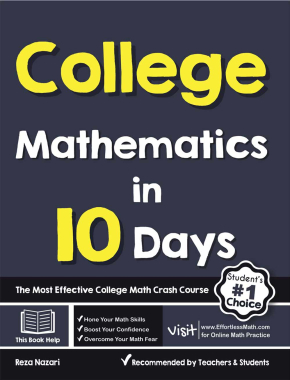
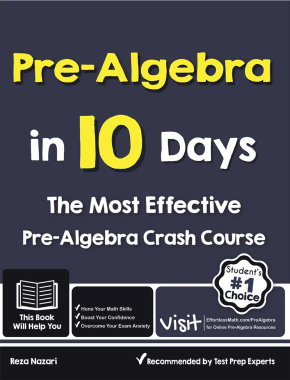
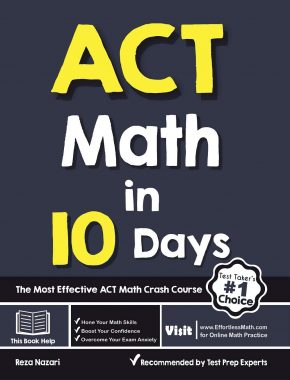

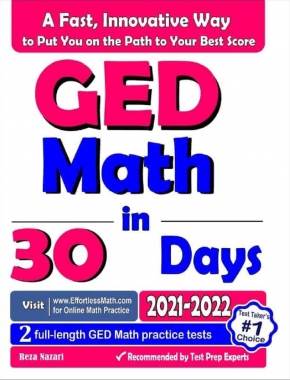
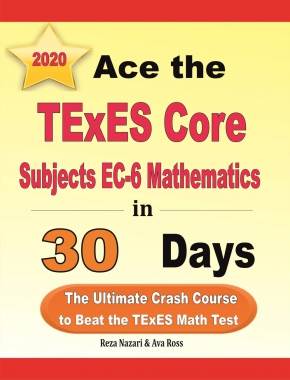
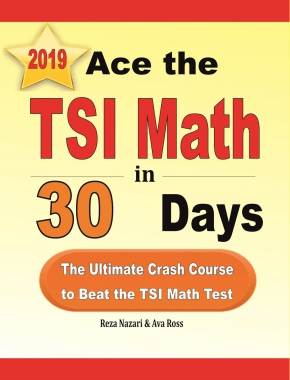
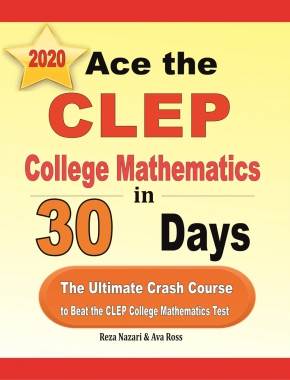
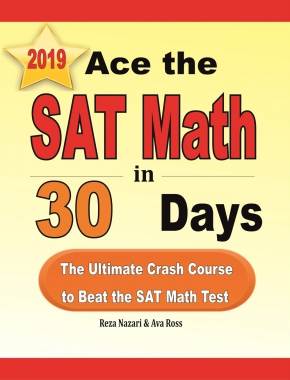
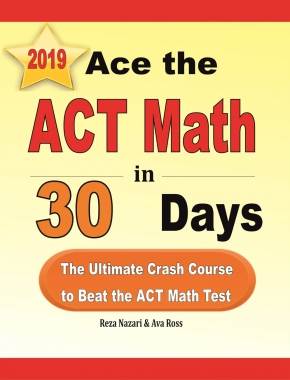
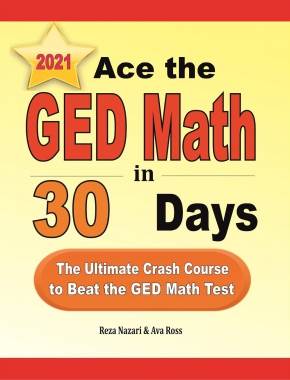
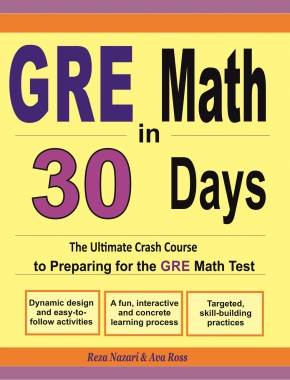
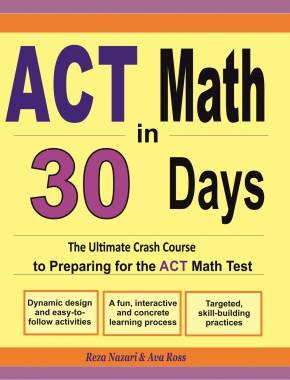
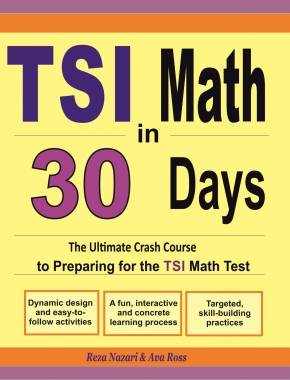
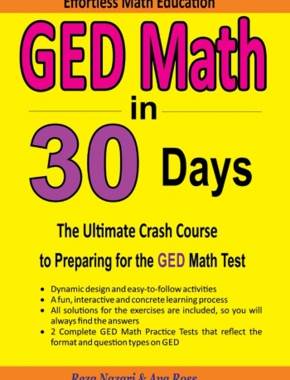


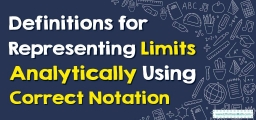
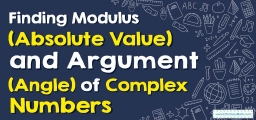







What people say about "Optimizing Betting Strategies in Crash Gambling with Mathematics - Effortless Math: We Help Students Learn to LOVE Mathematics"?
No one replied yet.